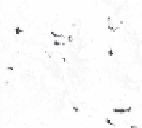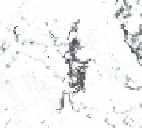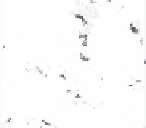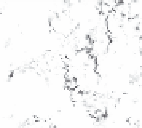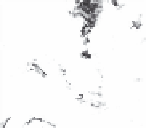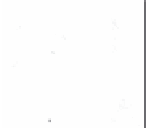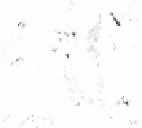Geoscience Reference
In-Depth Information
1986 (Wet season)
Forest
Dry savanna
Wet savanna
Water
FIGURE 12.9
Maps of the fuzzy change table between fuzzy maps of cover types in the 1985 dry season and
the 1986 wet season by
bounded difference
. (From Fisher, P.F. et al.,
Ecol. Informatics
, 1, 163, 2006, Figure 8.)
fuzzy
intersect
(Equation 12.6) fails to produce understandable results, and instead, they apply the
bounded difference
operation (Equation 12.10) which yields interpretable results (see Table 2 in
Fisher et al., 2006):
(12.10)
µ
∩
=
max( ,
0
µ
+
µ
−
1
)
(
AB
)
() ()
A
B
They present a comprehensive discussion of the land cover changes in an area of Bolivian savanna
(Figure 12.9).
Logical interactions between geographical phenomena are important and the subject of topologi-
cal investigations (Egenhofer and Franzosa, 1991). Membership grades in a fuzzy relation can be
used in much the same way to determine various spatial relations as degrees of set membership.
Zhan and Lin (2003) have identified fuzzy relations between fuzzy regions as have, more recently,
Dilo et al. (2007). They use combinations of the outcomes of fuzzy operations between fuzzy spatial
objects to determine fuzzy versions of containment, overlapping, fusion, and difference. Kahraman
et al. (2003) present an example of using fuzzy relations in a model of group decision-making for
the facility location selection problem.
It is relatively uncommon for studies to examine the effects that the use of alternative fuzzy logic
operators may have on the results. Using an individual-based simulation model of how fuzzy logic
may be used to model animal dispersal behaviour, Robinson and Graniero (2005a; Graniero and
Robinson, 2006) investigated the effect of using different fuzzy logic operators on movement behav-
iour. The simulation model uses a generalised fuzzy decision model where goals and constraints are

